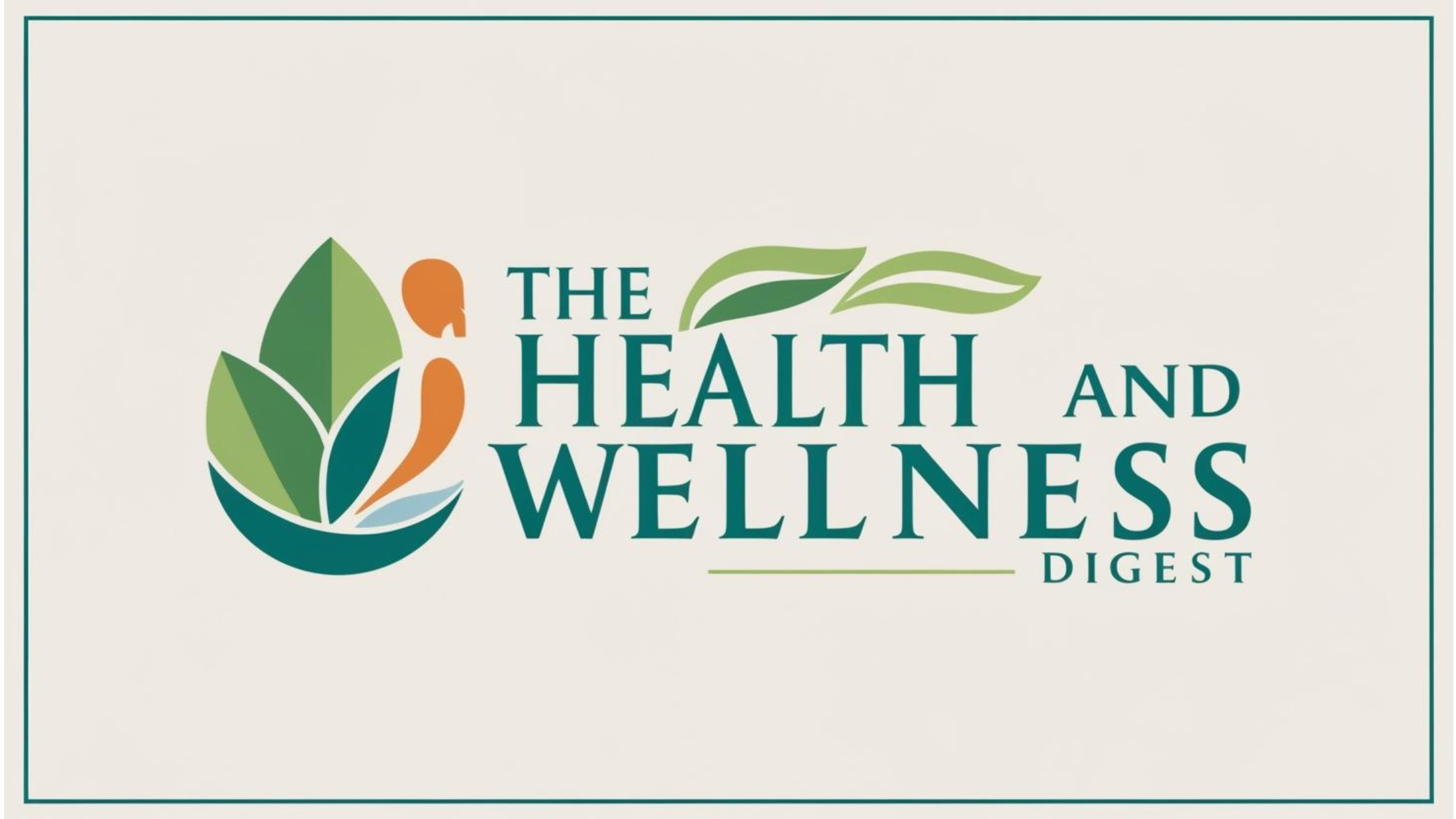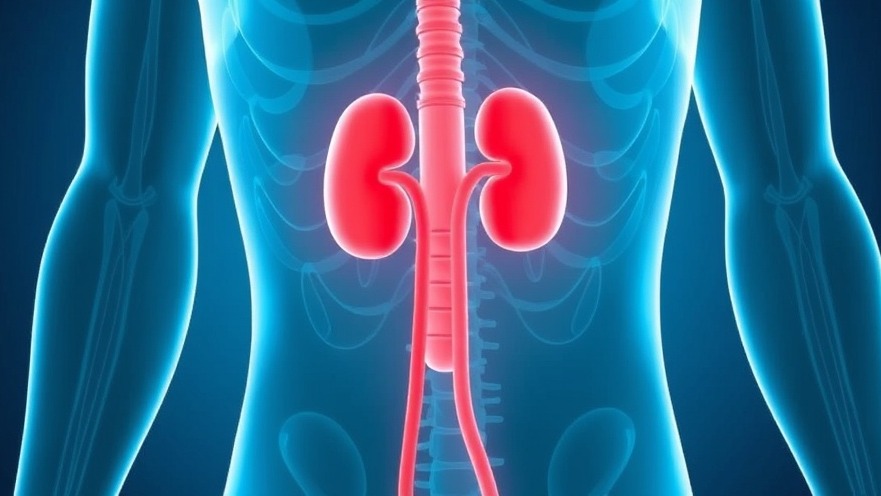
Why Trump's Diagnosis Matters for All of Us
President Donald Trump’s recent health revelation surrounding his diagnosis of Chronic Venous Insufficiency (CVI) has shone a spotlight on a condition that typically slips under the radar but carries significant implications for many. Chronic Venous Insufficiency, a vascular disorder characterized by the impaired flow of blood back to the heart, can lead to troubling symptoms such as leg swelling, pain, and even skin changes. When left unchecked, CVI can escalate into more severe issues, including cardiovascular disease and increased mortality risk.
Understanding Chronic Venous Insufficiency
CVI affects millions, particularly seniors and those leading sedentary lifestyles. It occurs when the valves in the veins weaken, causing blood to pool in the legs rather than flow cleanly back to the heart. According to the American Heart Association, factors such as obesity, smoking, and advanced age significantly heighten the risk of developing CVI. Disturbingly, this condition is often overlooked, and many individuals may not realize they are at risk.
Risk Factors for CVI: Are You at Risk?
As our lifestyle choices evolve, so do the risk factors associated with Chronic Venous Insufficiency. Sedentary habits are rampant in our modern world, with many spending several hours a day seated, whether at work or while engaging in leisure activities. Here are some groups particularly susceptible to CVI:
- Seniors: Age naturally diminishes the effectiveness of vein valves.
- Obese Individuals: Excess weight increases pressure on leg veins.
- Smokers: Smoking can contribute to vascular damage.
Symptoms That Should Not Be Ignored
Recognizing the early signs of CVI can lead to crucial early intervention, potentially mitigating severe health issues down the line. Common symptoms include:
- Swelling in the legs or ankles
- Discomfort or pain in the legs, particularly after prolonged sitting or standing
- Changes in skin color around the ankles, including redness or discoloration
- Varicose veins
If you experience these symptoms, it’s essential to consult with a healthcare professional. Timely detection and intervention are vital.
Importance of Early Detection and Treatment
Dr. Joshua A. Beckman, an expert with the American Heart Association, emphasizes the importance of early detection and treatment for CVI. Compression therapy, along with lifestyle changes such as increased mobility and healthy eating, can significantly improve quality of life. Treatment options may also include modern procedures that restore proper vein function. For those currently living with CVI, understanding your condition is crucial to managing it effectively.
Personal Stories: Real Impact of CVI Awareness
As we delve deeper into the impacts of CVI, many individuals share their stories of navigating this condition. For example, a retired nurse named Mary shared her struggle with CVI and how it affected her daily activities. “I always thought my leg swelling was due to aging or weight gain, but it turns out I had CVI. Since my diagnosis, managing my symptoms has made a world of difference,” she recounted. Hearing from those who experience CVI can help others to recognize symptoms in themselves, encouraging them to seek medical advice.
Future Trends: The Rising Awareness of Vascular Health
Trump’s diagnosis may very well mark a turning point in public awareness surrounding chronic venous diseases. As health trends continuously evolve, pressing health conversations are being sparked. Educating individuals on conditions such as CVI can play a significant role in lowering health risks associated with cardiovascular disease, especially as our population ages.
Taking action to improve vascular health should involve lifestyle modifications, supportive interventions, and proactively seeking medical evaluations as needed. The increased visibility of such conditions highlights the importance of awareness and self-advocacy in healthcare.
 Add Row
Add Row  Add Element
Add Element 



Write A Comment